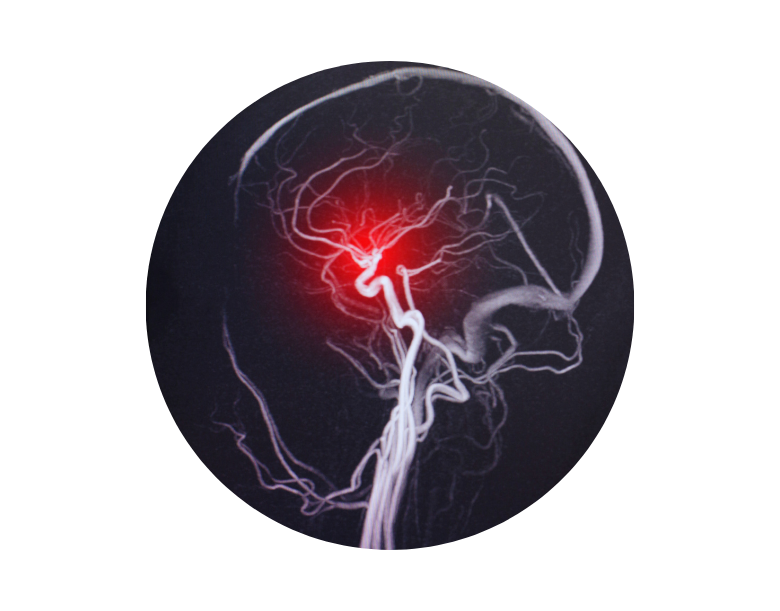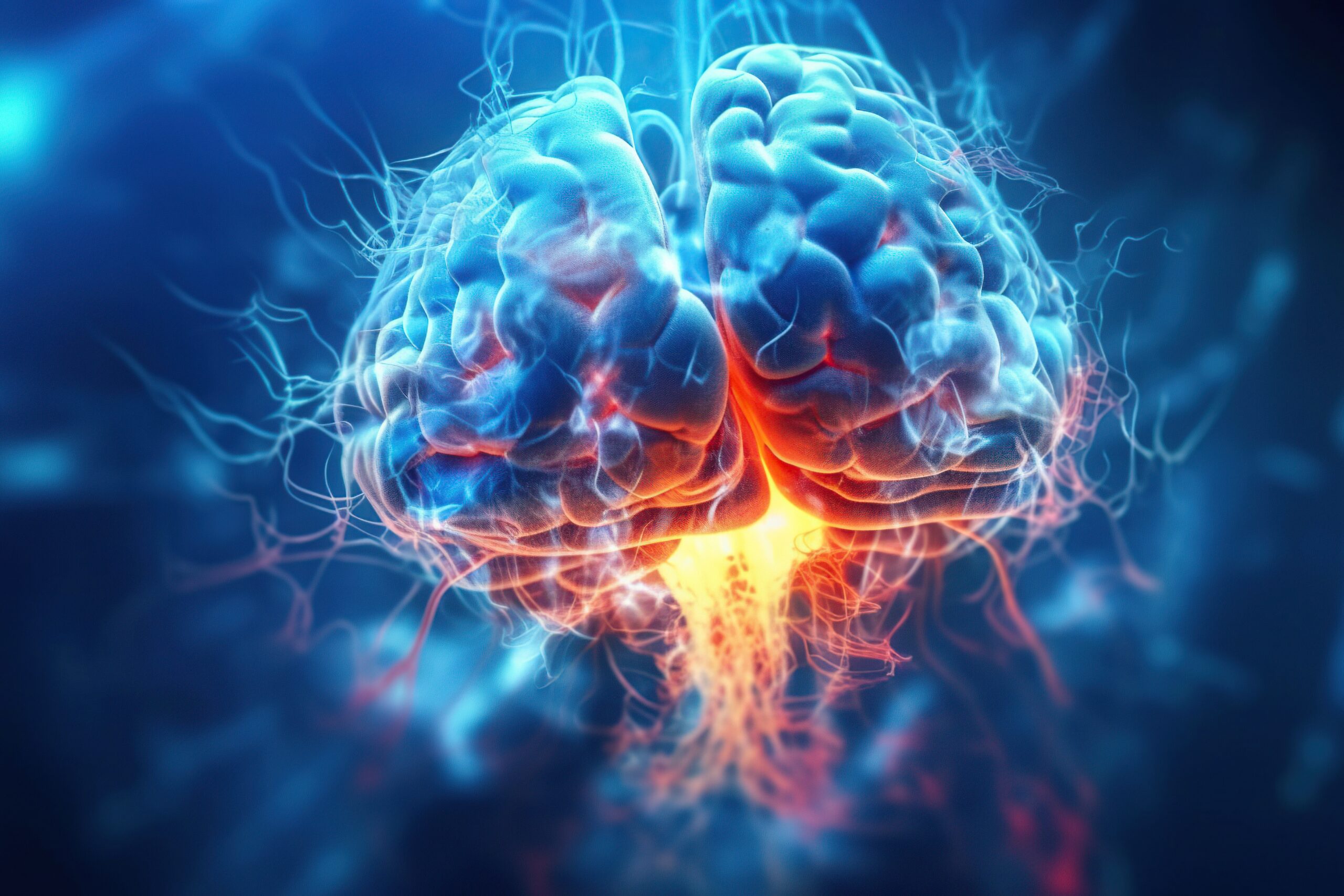Op. Dr. Tahsin SAYGI
What is a brain haemorrhage?
A brain haemorrhage is a serious health problem that can occur in three different anatomical areas: brain tissue, brain cavities and the surface of the brain. Cerebral haemorrhage can occur suddenly and unexpectedly, leading to serious disability or death. In this article, I will provide detailed information about the symptoms, types, diagnostic methods and treatment processes of brain haemorrhage. Since brain haemorrhages are conditions that usually develop rapidly and require urgent intervention, early recognition of symptoms is vital. A cerebral haemorrhage occurs when blood fills the brain tissue or cerebral membranes as a result of rupture or leakage of blood vessels in the brain. This can cause serious neurological damage by preventing the brain from performing its normal functions.

What to do after a brain haemorrhage
- It is important for patients to make certain arrangements after brain haemorrhage surgery. These include regular medical check-ups, keeping blood pressure within normal limits, taking the correct dose of blood thinners, quitting smoking and alcohol use, and reducing stress. Rehabilitation programmes and a healthy diet also support the healing process.
Rehabilitation and Physiotherapy
Rehabilitation plays an important role in the recovery process of patients who have had a brain haemorrhage. Physiotherapy and regular exercise programmes help patients to regain their daily functions. For patients who have had a partial stroke, regular physical therapy contributes to the regain of motor skills. Rehabilitation improves patients’ independent living skills and improves quality of life.
Nutrition and Lifestyle Changes
Nutrition plays a critical role in the recovery process of patients with brain haemorrhage. It is recommended that patients avoid red meat and prefer a diet based on white meat, plenty of water, fruits and vegetables. Salt and sugary foods should be avoided and healthy eating habits such as the Mediterranean diet should be adopted. In addition, quitting smoking and alcohol use is important to protect brain health.
Brain haemorrhage can be controlled with rapid diagnosis and correct treatment. Early intervention and regular care play an important role in improving the quality of life of patients. Therefore, it is vital to seek medical help immediately when symptoms of brain haemorrhage are noticed. Patients with cerebral haemorrhage can lead a healthy life with regular medical check-ups and lifestyle changes.









